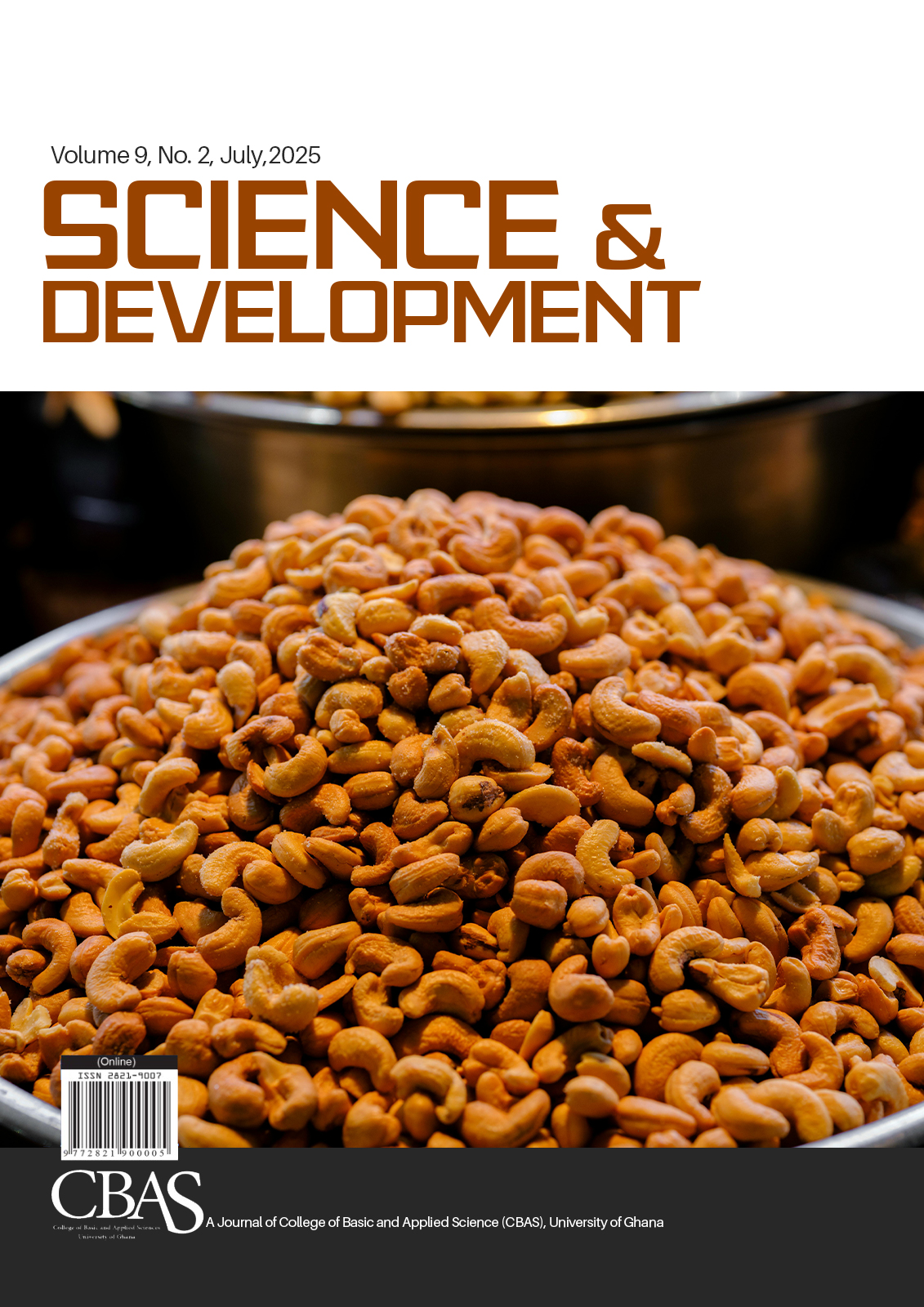Indigenous Microorganisms as an alternative Odour-reduction approach in Pig Production systems: A review
Abstract
Odour emissions from pig production facilities are the most significant limitations to pig production. Effective interventions to control odour such as dietary modification, liquid-solid separation, bio-filtration, covers for manure storage, and dust suppression have been made. However, these measures are costly and unaffordable by most pig farmers. The use of Indigenous micro-organisms (IMOs) has been suggested as a less costly alternative approach to control odour. The IMOs can be used to manage odour in a natural and environmentally beneficial way. They aid in the breakdown of organic materials and lessen the offensive smell by introducing helpful bacteria to the farm. The micro-organisms help to break down faecal material rapidly to a fertilizer rich material, while ensuring that there are no smells or flies. This enables rearing of pigs close to the living quarters in areas where land is scarce and heavily populated, hence encouraging more farmers to adopt the enterprise. This review focuses on the use of IMOs as a less costly approach to control odour in pig production systems.



